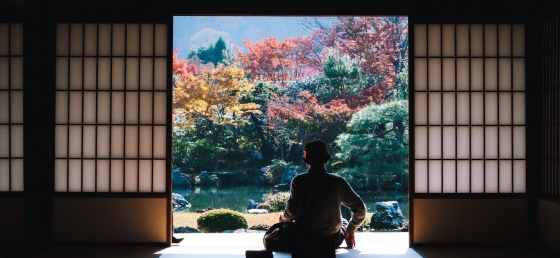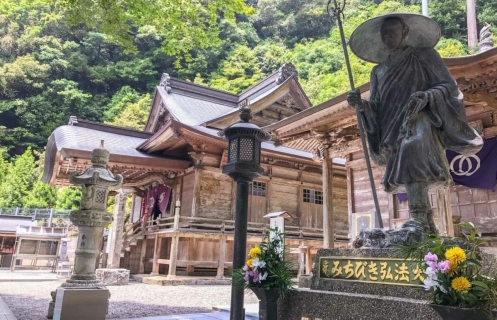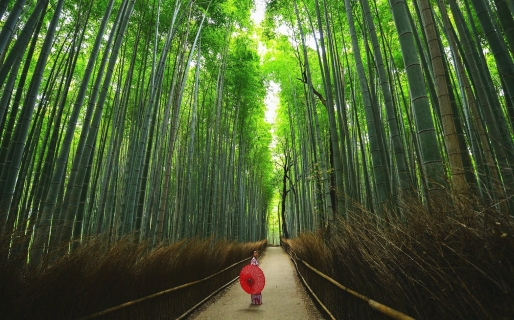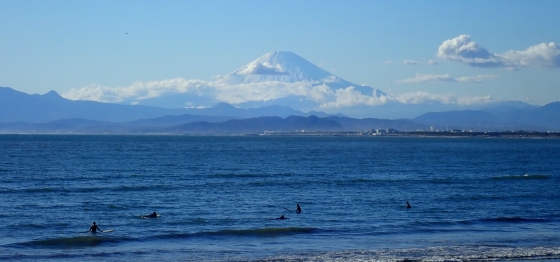Hakuba Weather and Climate: A Comprehensive Guide
Hakuba experiences great temperature shifts.
The city's weather can transition from warm days
to very cold weather.
It also has a relatively rain/snowy climate with high levels of precipitation.
Now, let’s break down all the climate details for a clearer picture.
Average maximum day and minimum night temperature
The climate in Hakuba is known for significant temperature differences throughout the year, making the weather dynamic. On average, daytime temperatures range from a comfortable 27°C in August to a very cold 0°C in January.
Nighttime temperatures can drop, with average lows reaching -7°C in January.Check out our detailed temperature page for more information.
Temperature ranges by month
Precipitation and rainy days
Hakuba has a notably wet climate with abundant precipitation, recording 3003 mm of rain/snowfall per year. The amount of precipitation varies moderately throughout the year. The wettest month, July, sees around 400 mm of rainfall, perfect for those who enjoy a bit of rain now and then. The driest month, April, still receives a respectable 187 mm of rainfall.
The mean monthly precipitation over the year, including rain, hail and snow
Sunshine over the year
In Hakuba, summer days are longer and more sunny, with daily sunshine hours peaking at 5.9 hours in April. As the darker season arrives, the brightness of the sun becomes less. January sees a soft sun for only 2.7 hours per average day.
Visit our detailed sunshine hours page for more information.
Monthly hours of sunshine
Daily hours of sunshine
Forecast for Hakuba



Select a Month of Interest
Check the conditions for any month of the year.
The best time of year to visit Hakuba in Japan
During the months of June, July and September you are most likely to experience good weather with pleasant average temperatures that fall between 20°C and 26°C.The average rainfall figures in Hakuba are quite high. Throughout the year, you have a chance of prolonged precipitation. So no matter what time of year you go, you will always have to deal with a high number of rainy days. This makes it more challenging to point out the best time of year to visit. If we needed to pick one month we would choose April which is the sunniest month of the year.
Other facts from our historical weather data:
August has an average maximum temperature of 27°C and is the warmest month of the year.
The coldest month is January with an average maximum temperature of 0°C.
July tops the wettest month list with 400 mm of rainfall.
April is the driest month with 187 mm of precipitation.
April is the sunniest month with an average of 177 hours of sunshine.
No idea where to travel to this year? We have a tool that recommends destinations based on your ideal conditions. Find out where to go with our weather planner.



